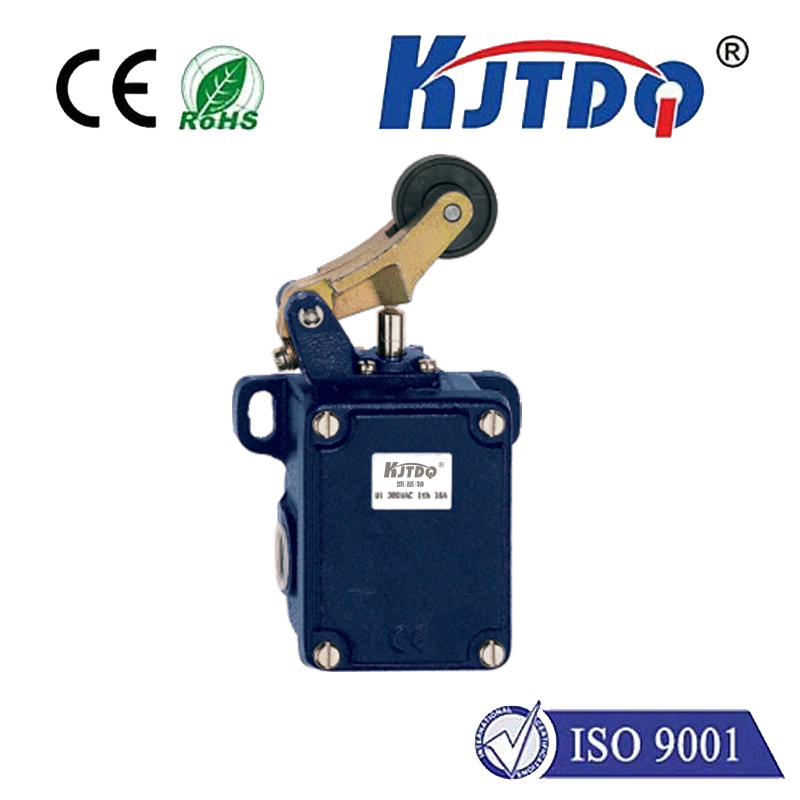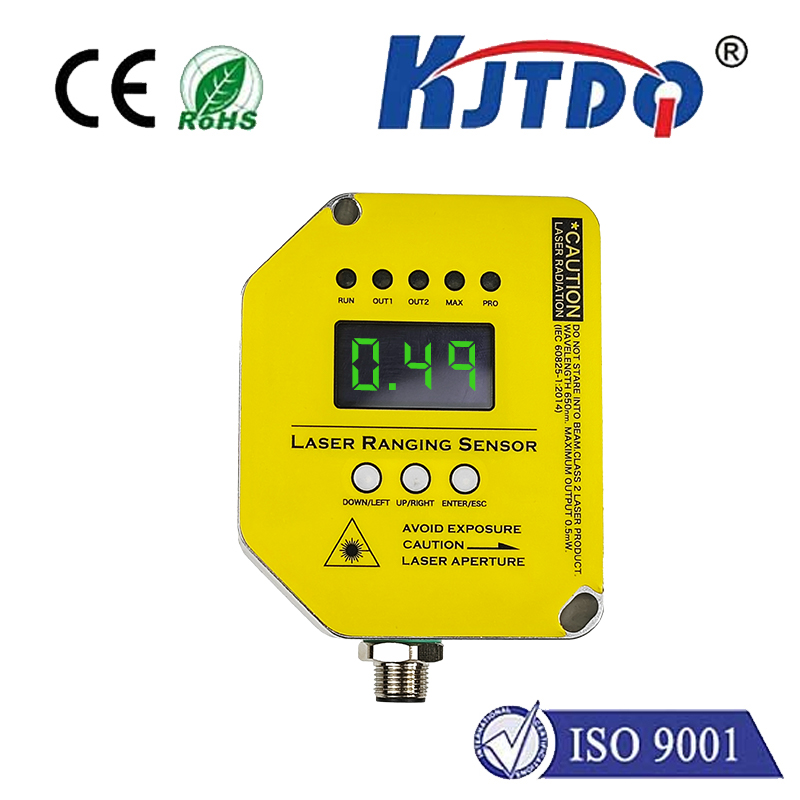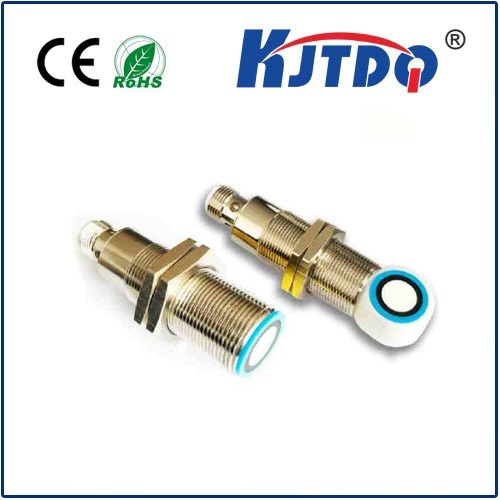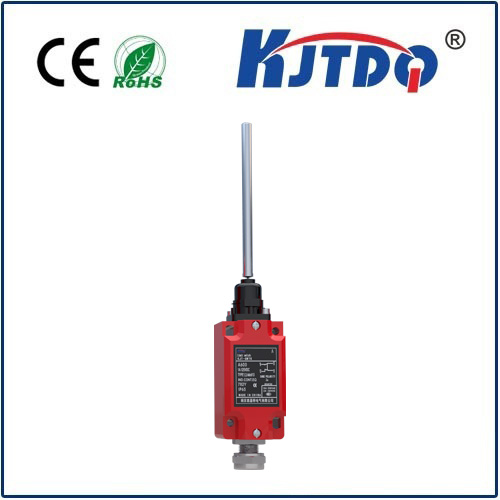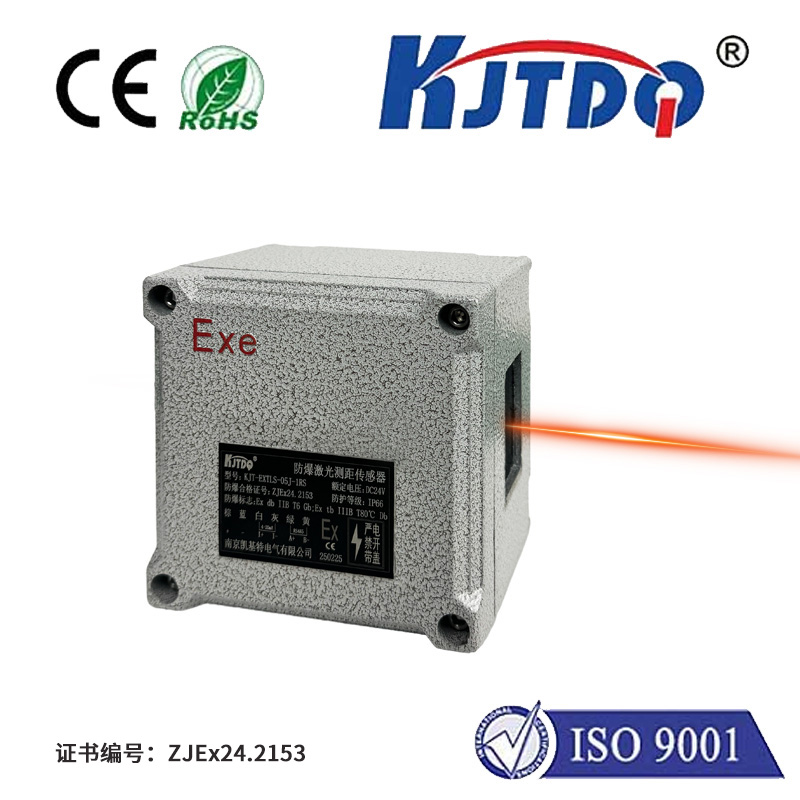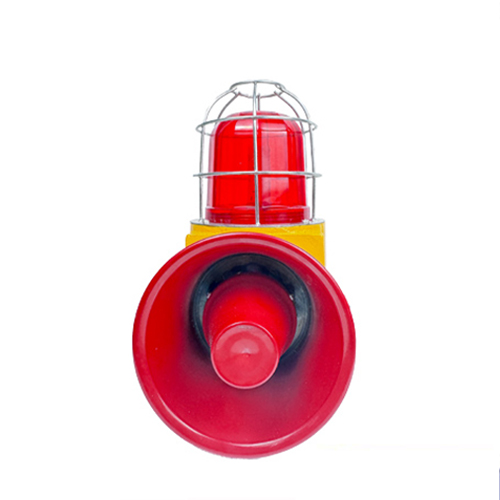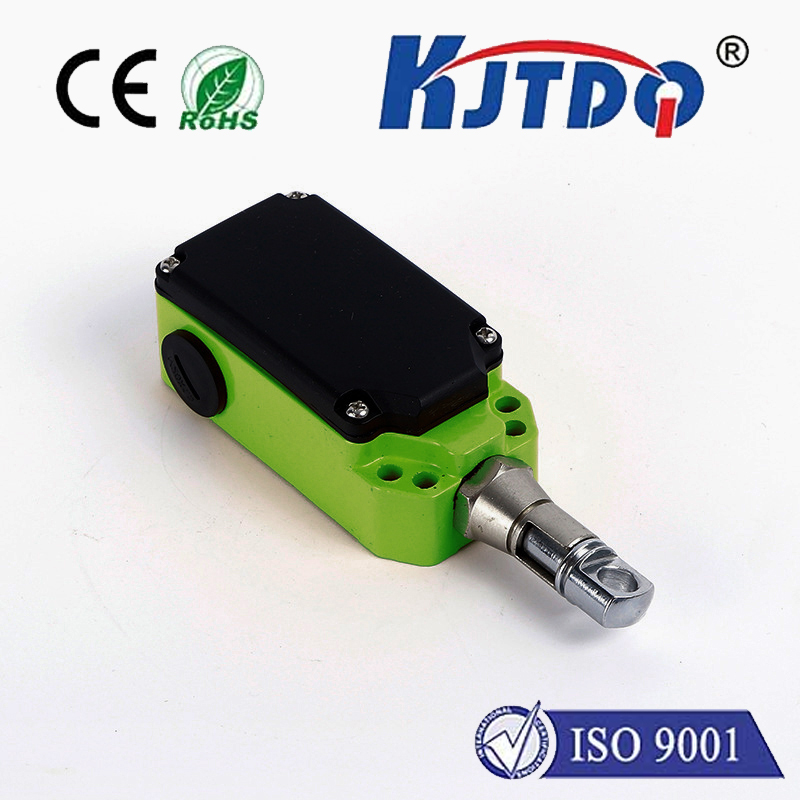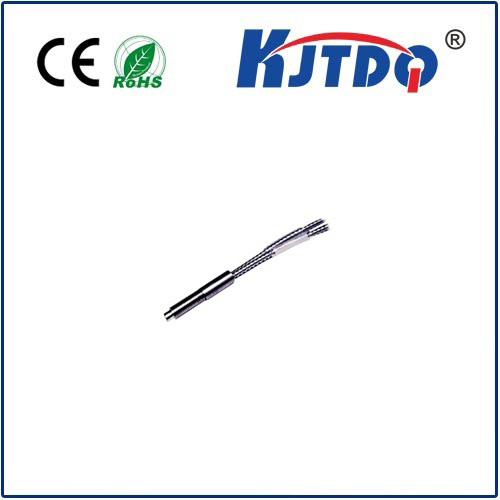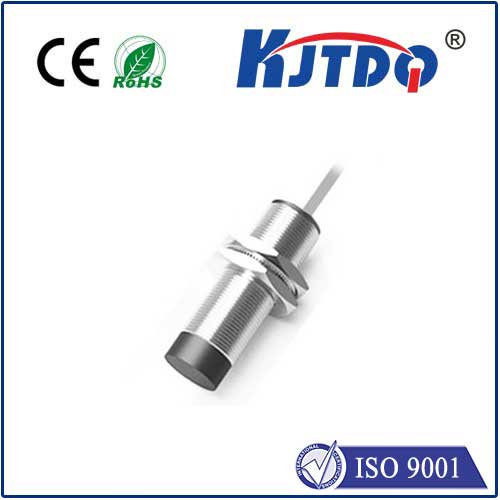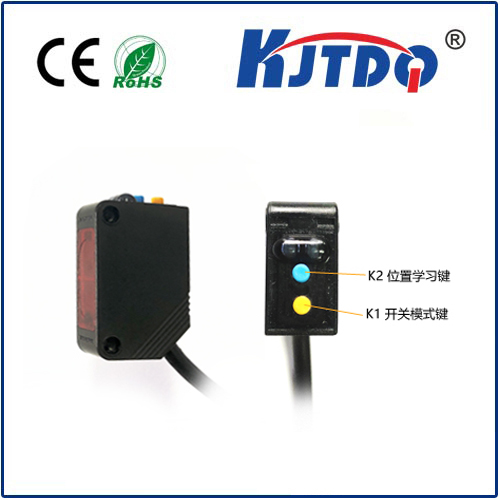BES03RY proximity sensor
- time:2025-10-14 05:37:24
- Click:0
The BES03RY Proximity Sensor: Enhancing Efficiency in Industrial Automation
Imagine a high-speed production line where precise metal components whiz past assembly points. Ensuring robotic arms reach exactly the right spot every millisecond, or detecting the end of a material roll to prevent costly damage… the difference between smooth operation and chaotic downtime often hinges on a tiny, unassuming component: the proximity sensor. Among the workhorses of modern sensing technology, the BES03RY proximity sensor stands out as a critical component for countless applications demanding unwavering reliability and precision in detecting nearby objects without physical contact.
Proximity sensors like the BES03RY are fundamental in industrial automation. They act as the digital “eyes” or “feelers” of a system, indicating the presence (or absence) of a target within a defined range. The BES03RY specifically refers to a model known for its robust performance in demanding environments. These inductive-type sensors excel at detecting metallic objects – essential in settings dominated by metal machinery, conveyors, and parts. Their ability to operate without touching the target minimizes wear and tear, reduces maintenance needs, and significantly enhances overall system longevity and reliability.
What Makes the BES03RY Stand Apart?
Several key features contribute to the BES03RY proximity sensor’s widespread adoption:

- Robust Construction & Reliability: Engineered for challenging industrial environments, the BES03RY typically boasts a rugged housing – often stainless steel or high-grade plastic – providing resistance to physical impact, vibrations, and harsh chemicals commonly found in factories or processing plants. Consistent, reliable operation is paramount, and the BES03RY delivers.
- Precise Non-Contact Detection: Leveraging electromagnetic induction principles, the sensor generates a high-frequency oscillating field from its sensing face. When a metallic target enters this field, it induces eddy currents within the target, causing a measurable change in the sensor’s oscillation amplitude. This change triggers a solid-state output switch (typically NPN or PNP transistor), providing a clear, clean signal indicating detection. No mechanical wear occurs, which is a major advantage over limit switches.
- Defined Sensing Range: Every proximity sensor, including the BES03RY, has a specified nominal sensing distance (Sn). This critical specification indicates the ideal distance at which a standard target (usually a square piece of steel defined by sensor standards like IEC 60947-5-2) will reliably trigger the sensor. Understanding and correctly applying this Sn value is crucial for optimal mounting and performance.
- Environmental Resilience: Many BES03RY variants offer high IP ratings (Ingress Protection), such as IP67 or IP68. This denotes excellent protection against dust ingress and the ability to withstand immersion in water for specific periods and depths. This makes them suitable for washdown areas, outdoor applications, or environments with high humidity or particulate matter.
- Ease of Integration: Designed for seamless integration into control systems, the BES03RY usually features a standard cable or connector (like M8 or M12) for simple wiring connection to PLCs (Programmable Logic Controllers), counters, or other control devices. This plug-and-play capability accelerates installation and minimizes downtime.
Where the BES03RY Proximity Sensor Shines: Key Applications
The BES03RY proximity sensor finds application across a vast spectrum of industrial scenarios:
- Position Verification: Confirming the precise positioning of machine parts, slides, cylinders (end-of-stroke detection), or tooling before proceeding to the next manufacturing step. Precision is non-negotiable here.
- Object Presence Detection: Checking if parts are present on a conveyor belt, pallet, or fixture, or verifying the presence of a metal cap on a bottle before filling. Ensuring process integrity relies on this basic function.
- End-of-Travel or Limit Detection: Safeguarding machinery by detecting the end position of moving elements (like robotic arms, gantries, or lifts) to prevent over-travel and potential damage.
- Speed Monitoring & Counting: Used alongside rotating gears or sprockets with teeth, proximity sensors like the BES03RY can count rotations, measure speed, or detect missing teeth. Reliable counting is fundamental for process tracking and inventory control.
- Safety Interlocks: Providing non-contact confirmation that guards or safety doors are securely closed before potentially hazardous machinery is activated.
Real-World Impact: Boosting Efficiency & Reducing Costs
The practical value of a reliable BES03RY proximity sensor translates directly into tangible benefits:
- Minimized Machine Downtime: Robust construction and non-contact operation mean less frequent failures and replacements. Predictable performance keeps production lines running.
- Enhanced Process Reliability: Accurate detection ensures assembly steps proceed only when components are correctly positioned (position verification), rejects are identified (object presence), or material feeds are active. Consistent quality output depends on this reliability.
- Increased Production Speed: Fast response times inherent to proximity sensors like the BES03RY allow for higher operational speeds and shorter cycle times in automated systems.
- Reduced Maintenance Costs: Eliminating mechanical contact points drastically cuts down on wear-related maintenance compared to traditional mechanical switches, leading to significant long-term cost savings.
- Improved Safety: Ensuring guards are in place using non-contact detection provides a critical layer of personnel safety.
Selecting the Right BES03RY for Your Needs
While the BES03RY proximity sensor offers a robust solution, choosing the exact variant requires attention to specifications:
- Sensing Distance: Ensure the nominal sensing range (Sn) meets the physical constraints and requirements of your application.
- Target Material: Inductive sensors primarily detect ferrous metals (steel, iron). Performance varies with non-ferrous metals (aluminum, copper, brass) and typically requires sensors explicitly rated for them or adjustments to the nominal sensing distance (reduced Sn). Confirm suitability for your specific targets.
- Output Configuration: Choose between NPN (sinking) or PNP (sourcing) transistor outputs, and Normally Open (NO) or Normally Closed (NC) operation, ensuring compatibility with the input requirements of your control device (PLC, counter, etc.). Proper wiring is crucial.
- Housing Style & Size: Select a form factor (tubular, rectangular, etc.) and size that fits the mounting constraints and offers the required sensing face orientation.
- Environmental Rating: Match the IP rating to the environmental conditions (dust, moisture, chemicals) the sensor will encounter.
- Supply Voltage: Ensure the sensor’s operating voltage range matches your control system’s DC supply (commonly 10-30V DC).
The Future is Sensing: Staying Ahead
As industrial automation evolves towards greater intelligence and connectivity (Industry 4.0, IIoT), sensors like the BES03RY proximity sensor remain fundamental. While future iterations might offer enhanced diagnostics or IO-Link communication for richer data exchange, the core strengths of ruggedness, reliability, and precise non-contact detection – embodied by models like the BES03RY – will continue to be indispensable. Choosing the right sensor is an investment in operational uptime, product quality, and long-term cost-effectiveness. Whether it’s ensuring a robotic arm grips a part accurately, verifying a gear rotates, or preventing a machine collision, the unsung reliability of the BES03RY proximity sensor often forms the bedrock of smooth, efficient, and safe industrial processes.






